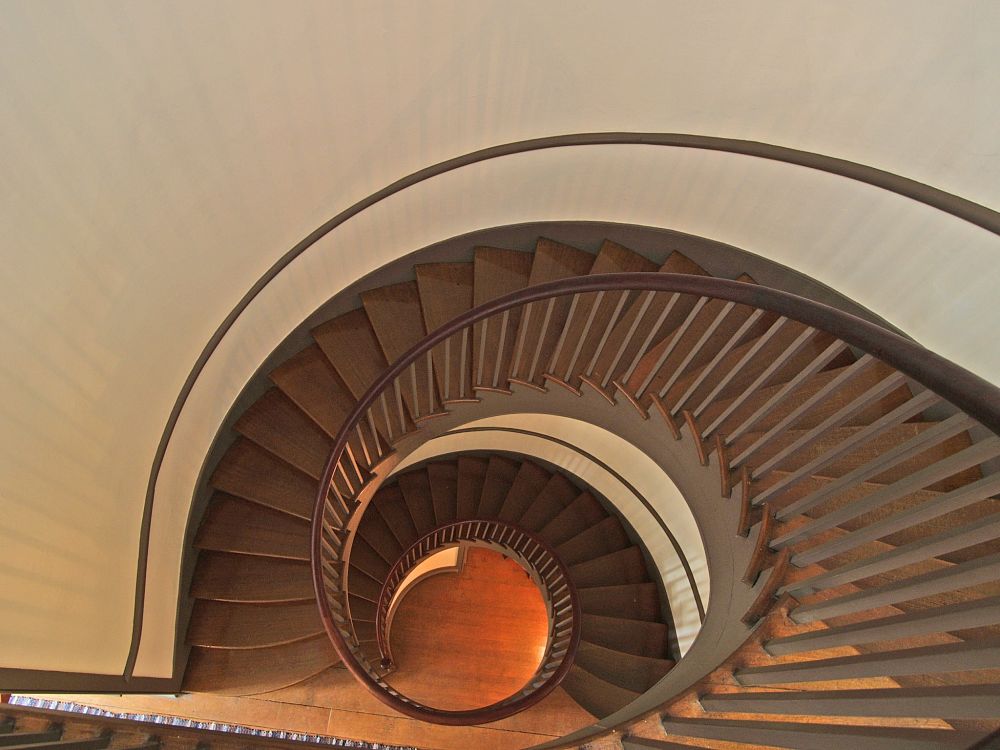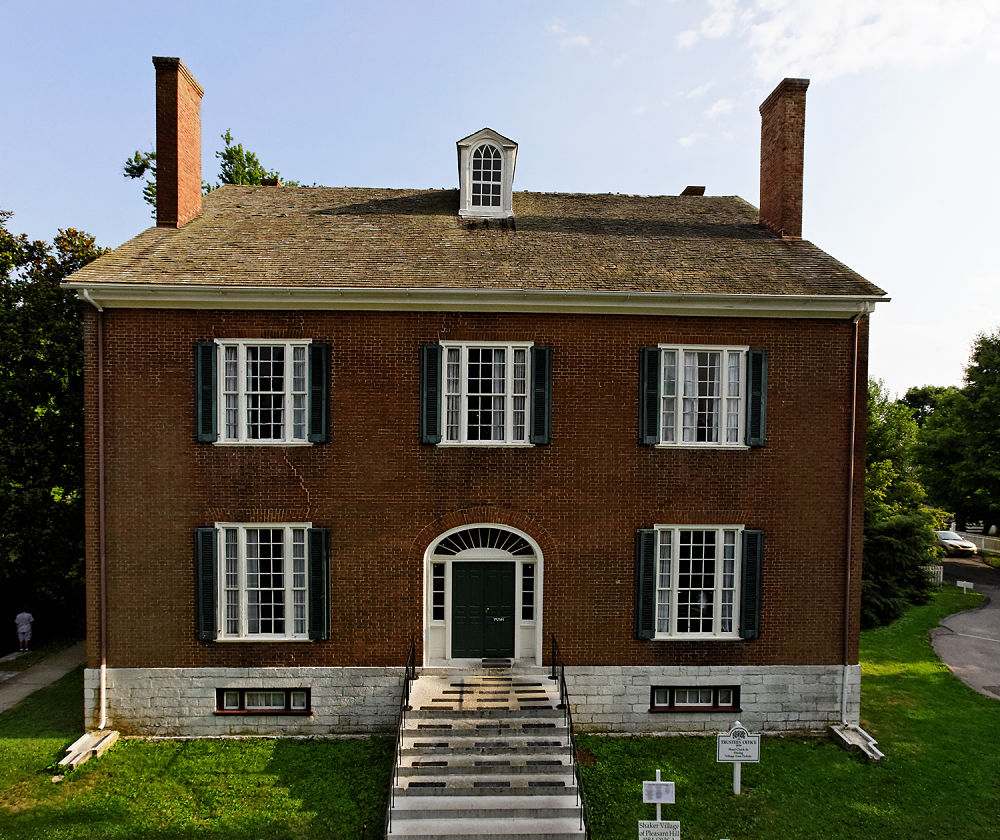Maggie McAdams, Assistant Program Manager
“… We observed one very pleasant feature… conspicuous above many other excellencies, nearly every person in speaking makes the visitor kindly welcome to Pleasant Hill.” -Henry Blinn, “A Journey to Kentucky in the Year 1873”
Pleasant Hill has been welcoming visitors and guests to its grounds for over 200 years. Although established as a community intentionally separated from the outside world, it was never possible for the Shakers to completely isolate themselves. In addition to conducting business with outsiders, many Shakers from other communities also visited. These Shakers were among the first “guests” welcomed to Pleasant Hill.
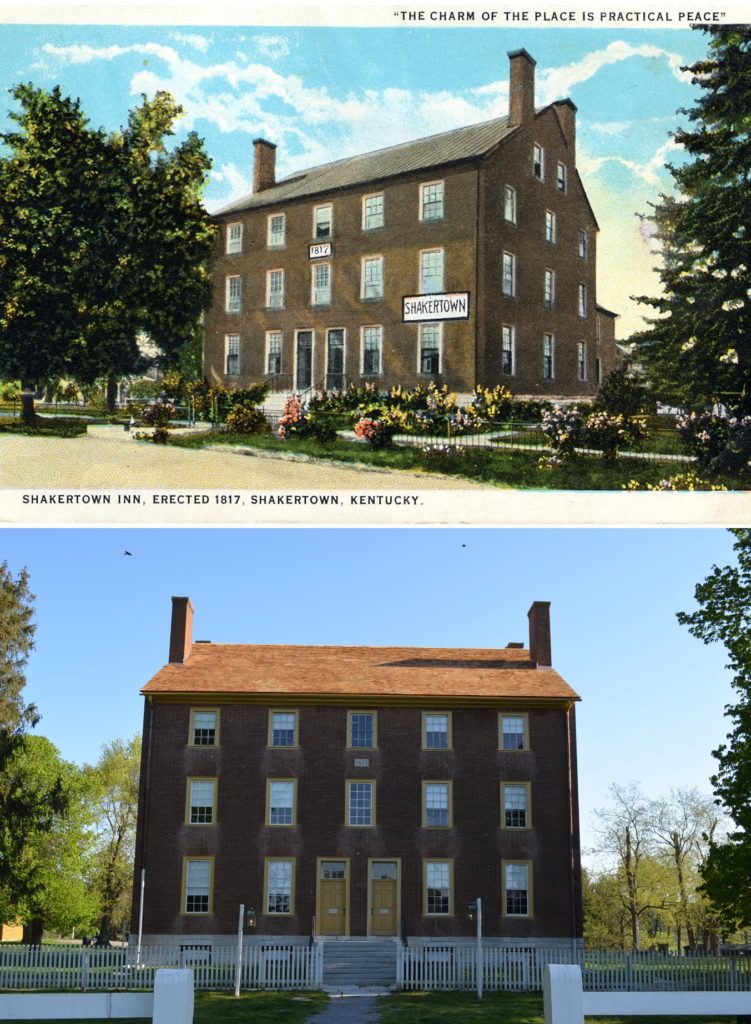
Two Shakers visiting from New York, Isaac Newton Youngs and Rufus Bishop, provided an enlightening description of their welcome in 1834. According to the men, “Soon after we arrived at Lexington, we found Elder George Runyon and Rufus Bryant there from Pleasant Hill very glad to meet us, they pay great attention to us and do everything they can to make us comfortable.”
Nearly four decades later, Henry Blinn, visiting from New England, reported a similar feeling of warm hospitality. “Br Elhannen came to pay us a visit. He said that Elder James was always anxious that visitors should be properly attended to…Thus far the introduction into a southern society had proved itself to be one of gospel love & affection, and we retired to rest with a grateful heart.”
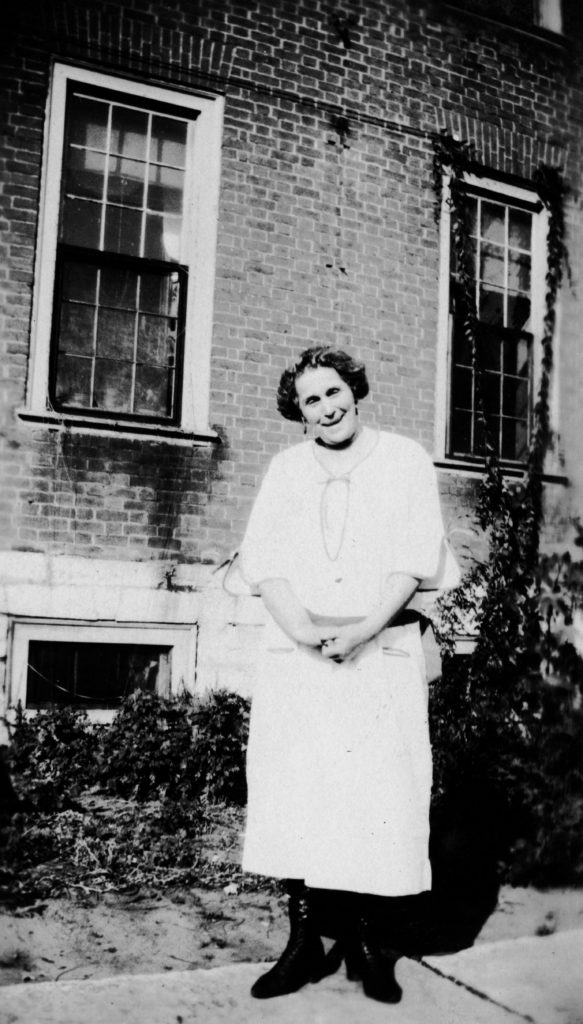
Financial difficulties in the late-1800s forced Pleasant Hill to sell land and buildings, and by 1897 the East Family Dwelling had been sold and converted into the Shaker Hotel that was operated by Sister Jane Sutton. Eventually, this building would become the Shakertown Inn, run by Nannie Embry. Embry was enamored of the history of the Shakers and drew upon the community as inspiration for her business model: “And as for the tradition of hospitality, the very building we occupy was for many years a Shaker boarding house where weary city folk came for rest.“
The Shakertown Inn would eventually close in 1940, as would another hotel operation that had been begun in the Trustees’ Office a few decades earlier, the Shaker Mary Guest House.
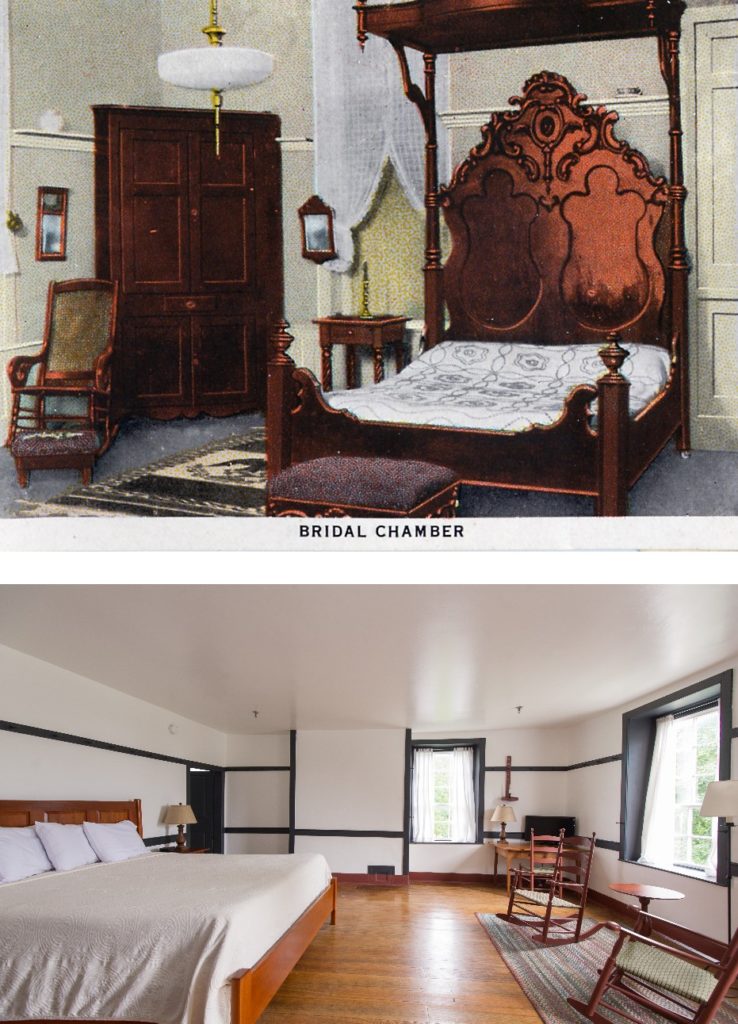
Overnight lodging returned to Pleasant Hill with the establishment of the non-profit organization that still operates The Inn today. Just as Shaker legacies continued to inspire the various hotel proprietors during the years after the Shakers, today at The Inn at Shaker Village we remain influenced by Shaker style and history.
The Inn at Shaker Village has 72 guest rooms spread out over 13 historic Shaker buildings. The rooms have been updated with modern amenities, but they retain their Shaker simplicity. From accommodations in buildings such as the East and West Family Dwellings that are akin to a hotel, to cottages that can be booked in their entirety, staying overnight at The Inn is a special way to experience the history of hospitality at Pleasant Hill that we continue to this day.
Visit our website to book your stay and enjoy this slice of Kentucky and American history! As Nannie Embry quipped in the 1920s, “the charm of the place is a practical peace.”
